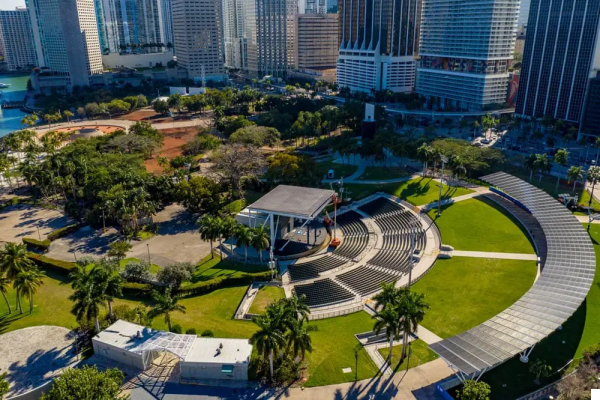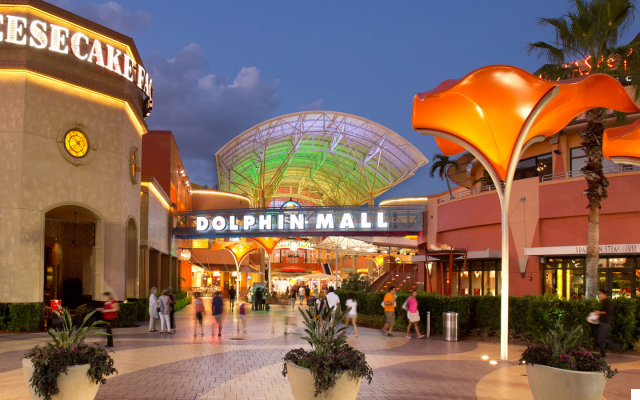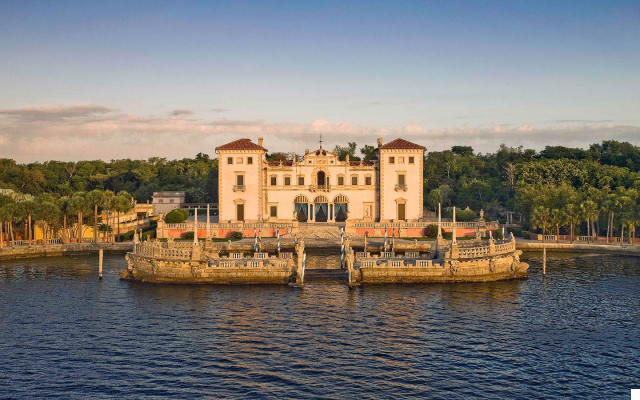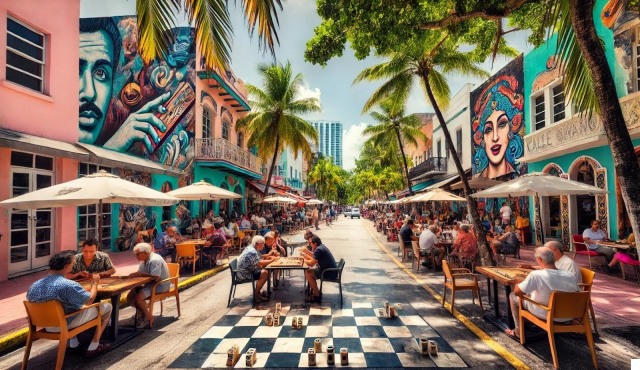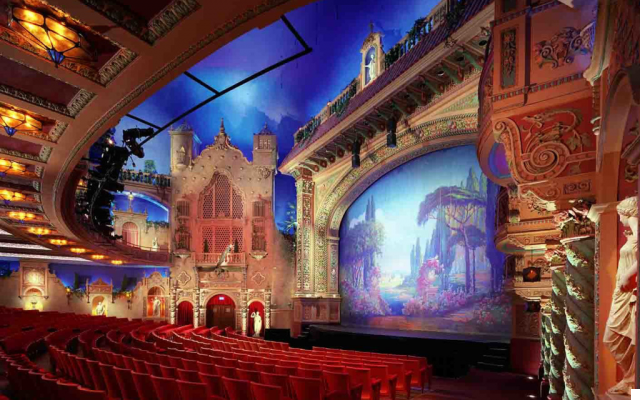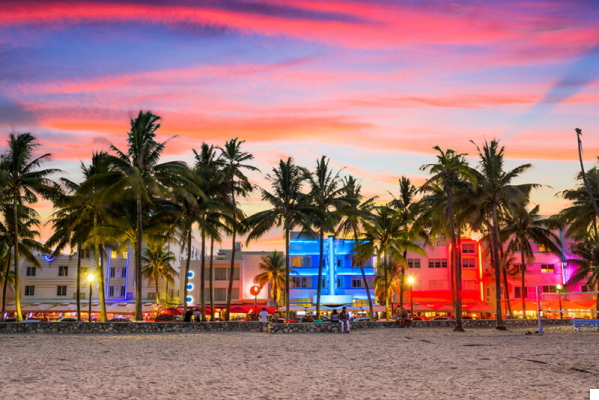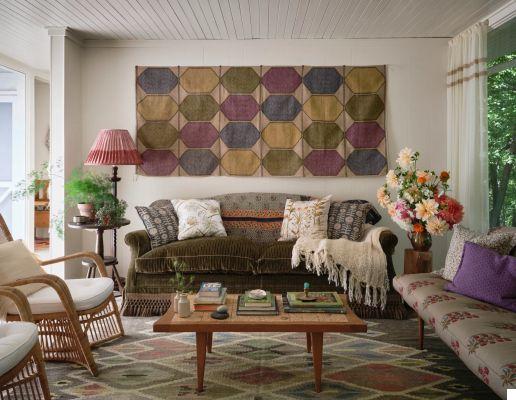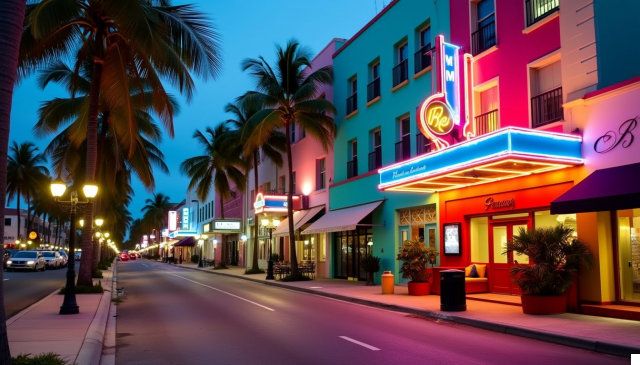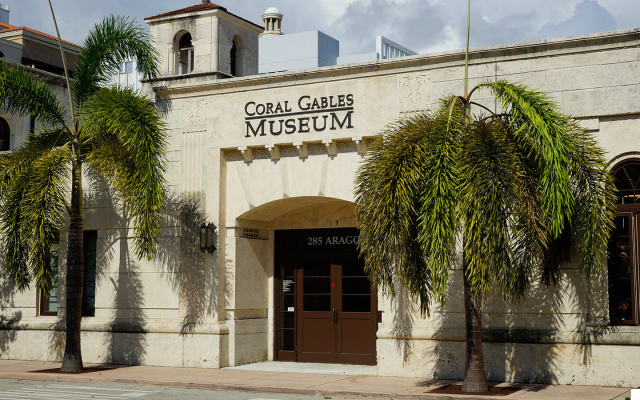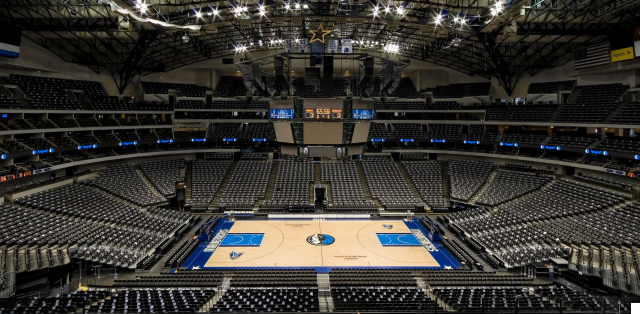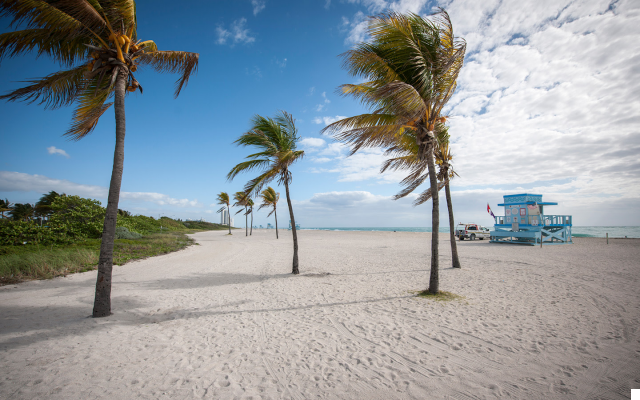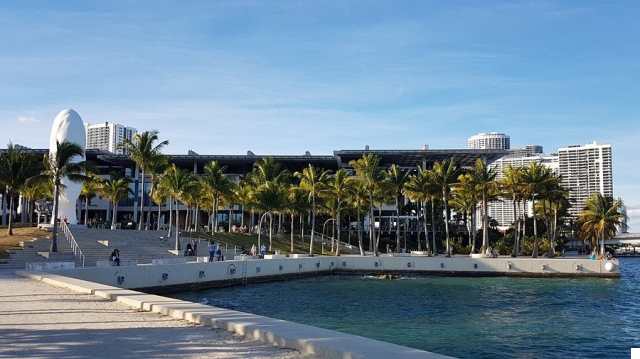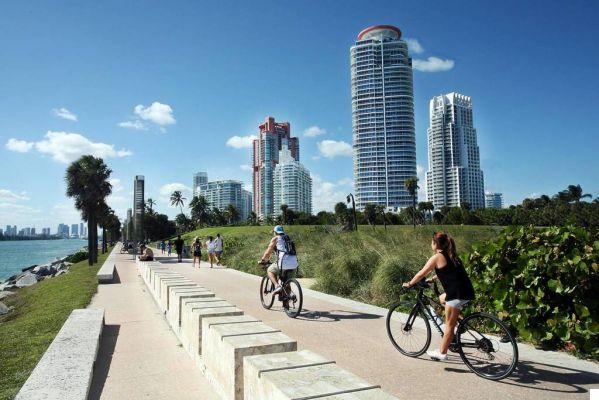
Miami Melting Pot: Exploring the City's Diverse Cultural Neighborhoods
Miami is a vibrant city known for its diverse cultural neighborhoods, which have evolved over time to create a unique melting pot of cultures. This article aims to provide a comprehensive exploration of Miami's cultural neighborhoods, delving into their historical context, analyzing relevant data, and discussing future perspectives.
Conclusions
Miami's cultural neighborhoods are a testament to the city's rich diversity and multicultural heritage. These neighborhoods have undergone significant transformations over the years, shaping Miami into the melting pot it is today. From Little Havana to Little Haiti, each neighborhood offers a distinct cultural experience, contributing to the city's vibrant tapestry.
Historically, Miami's cultural neighborhoods have been shaped by waves of immigration and the influence of various ethnic groups. The Cuban community, for instance, played a pivotal role in shaping the cultural landscape of Little Havana, infusing the neighborhood with their traditions, cuisine, and vibrant street life. Similarly, Little Haiti emerged as a hub for Haitian immigrants, showcasing their unique art, music, and culinary traditions.
These cultural neighborhoods not only preserve the heritage of their respective communities but also serve as important economic and social centers. They attract tourists, foster entrepreneurship, and provide a sense of belonging for residents. The cultural events, festivals, and local businesses in these neighborhoods contribute to the overall vibrancy and economic growth of Miami.
An analysis of data related to Miami's cultural neighborhoods reveals interesting insights. According to demographic statistics, the population of these neighborhoods is predominantly composed of Hispanic and African American residents. This diversity is reflected in the variety of languages spoken, the range of cuisines available, and the cultural celebrations that take place throughout the year.
Furthermore, the cultural neighborhoods of Miami have witnessed significant gentrification in recent years. This has led to both positive and negative consequences. On one hand, gentrification has brought investment, improved infrastructure, and increased property values. On the other hand, it has also resulted in the displacement of long-time residents and the loss of cultural authenticity in some areas.
Historical Context and Evolution
Miami's cultural neighborhoods have a rich history that dates back to the early 20th century. The influx of Cuban immigrants following the Cuban Revolution in the 1960s had a profound impact on the city, particularly in the development of Little Havana. The neighborhood became a haven for Cuban exiles, who sought to preserve their culture and create a sense of community in their new home.
In the 1980s, Miami experienced another wave of immigration, this time from Haiti. Little Haiti emerged as a cultural enclave for Haitian immigrants, offering a space to celebrate their heritage and connect with fellow compatriots. Over the years, the neighborhood has become a vibrant hub for Haitian art, music, and cuisine.
Other cultural neighborhoods in Miami, such as Wynwood and the Design District, have also undergone significant transformations. Once industrial areas, these neighborhoods have been revitalized and transformed into artistic and cultural hubs, attracting galleries, boutiques, and trendy restaurants.
Analytical Insights
An analysis of demographic data reveals that the population of Miami's cultural neighborhoods is predominantly Hispanic, with a significant African American presence as well. Little Havana, for example, has a large Cuban population, while Little Haiti is predominantly inhabited by Haitian Americans. This diversity is reflected in the languages spoken, with Spanish and Haitian Creole being widely used.
Furthermore, the cultural neighborhoods of Miami contribute significantly to the city's economy. They attract tourists from around the world who come to experience the unique cultural offerings, generating revenue for local businesses and supporting job creation. The cultural events and festivals held in these neighborhoods also contribute to the city's tourism industry.
However, the process of gentrification has had a mixed impact on Miami's cultural neighborhoods. While it has brought investment and improved infrastructure, it has also led to the displacement of long-time residents and the loss of cultural authenticity in some areas. Balancing the need for economic development with the preservation of cultural heritage remains a challenge for the city.
Future Outlook
The future of Miami's cultural neighborhoods is both promising and uncertain. As the city continues to grow and attract new residents, the cultural fabric of these neighborhoods may evolve further. It is crucial for the city to find a balance between development and preservation, ensuring that the unique cultural identities of these neighborhoods are not lost.
Efforts to promote cultural tourism and support local businesses in these neighborhoods can contribute to their sustainability and economic growth. Additionally, initiatives to address the challenges of gentrification, such as affordable housing and community engagement, are essential to maintain the social fabric of these neighborhoods.
In conclusion, Miami's cultural neighborhoods are a testament to the city's diverse and multicultural identity. They have evolved over time, shaped by waves of immigration and the influence of various ethnic groups. These neighborhoods not only preserve cultural heritage but also contribute to the city's economy and social fabric. As Miami looks towards the future, it must strive to strike a balance between development and preservation to ensure the continued vibrancy and authenticity of its cultural neighborhoods.



